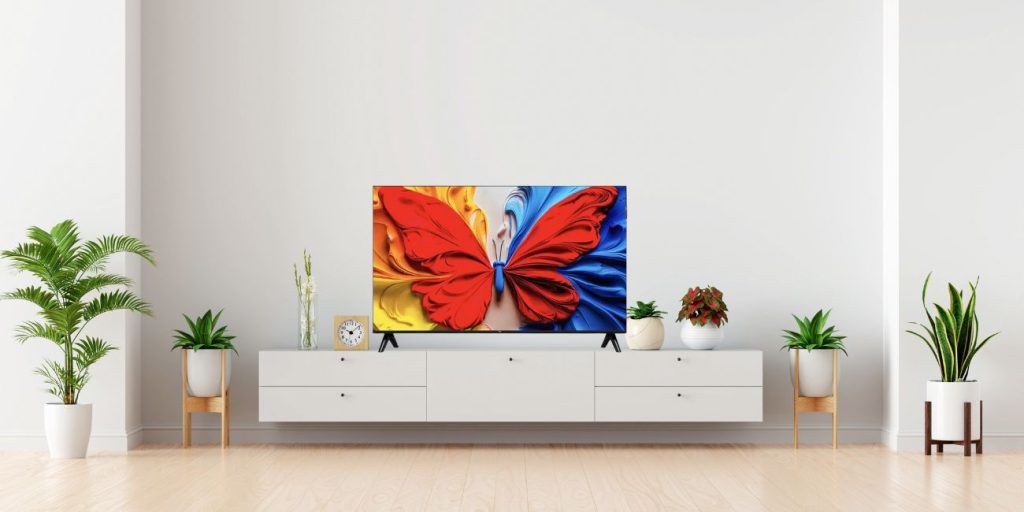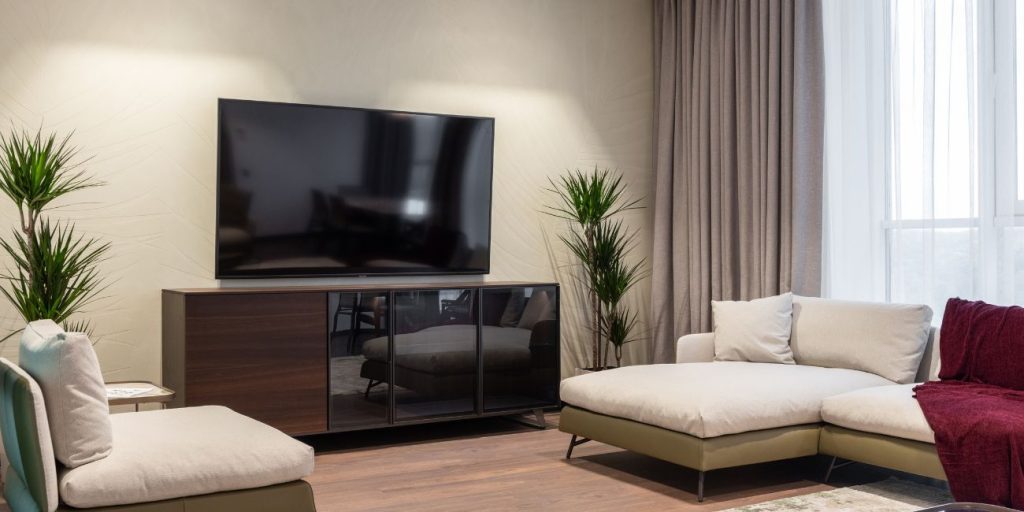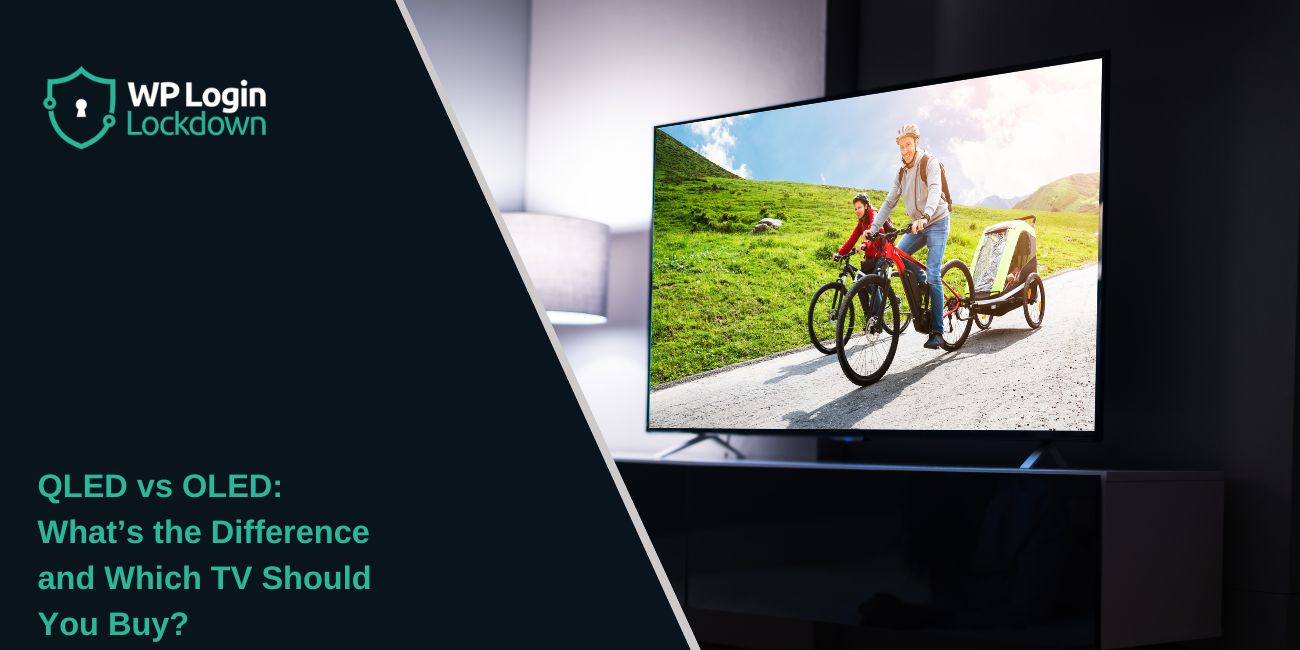Buying a new TV or monitor can be confusing when you’re faced with big terms like QLED and OLED. They sound similar, but they work very differently. If you want better picture quality, smooth gaming, or just the best value, knowing the difference matters.
This article will help you understand what QLED and OLED are, how they compare, and which one fits your needs best — all in a simple, clear way.
What Is QLED Technology in TVs?
 QLED stands for Quantum-dot Light Emitting Diode. It’s a display technology mostly found in TVs from Samsung, TCL, and a few other brands.
QLED stands for Quantum-dot Light Emitting Diode. It’s a display technology mostly found in TVs from Samsung, TCL, and a few other brands.
But here’s the thing — QLED is not an entirely new type of screen. It’s still based on LED-backlit LCD panels. The “quantum dots” are an extra layer that improves brightness and color.
QLED TVs are known for their intense brightness, vibrant colours, and durability. They work well in bright rooms and are often more affordable than OLED.
What Is an OLED Display and How Does It Work?
 OLED means Organic Light Emitting Diode. It’s a very different type of screen. Unlike QLED, OLED doesn’t need a backlight. Each pixel lights up by itself. That means pixels can fully turn off — giving you true blacks and infinite contrast.
OLED means Organic Light Emitting Diode. It’s a very different type of screen. Unlike QLED, OLED doesn’t need a backlight. Each pixel lights up by itself. That means pixels can fully turn off — giving you true blacks and infinite contrast.
OLED is used in TVs from brands like LG, Sony, and Panasonic. The picture is often sharper and more real-looking, especially in dark scenes.
OLED TVs are perfect for watching movies, especially in dark rooms. However, they’re usually more expensive than QLED, and some people worry about burn-in (which we will discuss later).
QLED vs OLED Comparison: Key Differences That Matter
Here’s a quick side-by-side look at how they compare:
- Black Levels and Contrast: OLED wins. It can turn off individual pixels, giving true black. QLED can’t go fully dark due to its backlight.
- Brightness: QLED is brighter, especially in sunny rooms.
- Colour Accuracy: Both are strong, but OLED handles darker shades better. QLED is great for vivid, punchy colours.
- Viewing Angles: OLED looks good from any angle. QLED can lose colour or contrast when viewed from the side.
- Burn-In Risk: OLED can burn in if the same image stays on-screen too long. QLED has no burn-in risk.
- Price: QLED is usually cheaper. OLED costs more for the same size.
- Lifespan: QLED lasts longer under heavy use. OLED is more sensitive to long-term static use.
- Energy Use: OLED is more efficient when showing dark images. QLED uses more power in general.
Which TV Is Better for You – OLED or QLED?
It depends on how you plan to use your screen. Both have strengths, but here’s how to choose based on your daily habits:
- For Gamers: OLED offers faster response times, smoother motion, and deeper blacks in games. If you care about immersive play and have a PlayStation 5 or Xbox Series X, OLED is hard to beat. Just be aware of burn-in if you leave static HUDs on for too long.
- For movie lovers, OLED is again the best. Movies look excellent thanks to perfect blacks and great contrast. It’s what most home theatre lovers prefer.
- For Bright Rooms: Go with QLED. It handles sunlight better, and the screen stays clear during the day.
- For Casual Watching and Budget Buyers: QLED is more affordable, and you’ll still get a great picture. It’s a solid choice for sports, YouTube, or streaming shows in a family room.
- For Prolonged Use (8+ hours a day): QLED is safer in the long term. OLED might suffer if used heavily without breaks.
OLED Burn-In vs QLED Durability: What You Should Know
Burn-in occurs when a portion of the image remains on the screen for too long, resulting in a ghost image. It’s a known risk with OLED, especially if you leave the same logo or HUD on for hours.
That said, modern OLEDs have protection built in. If you vary your content and avoid leaving static images for too long, you’ll probably never see it.
QLED doesn’t have this issue at all because the pixels don’t light up on their own.
As for lifespan, QLED TVs last longer if you watch TV all day. However, most people won’t notice a significant difference over 5–7 years of regular use.
OLED vs QLED TV Prices and Availability in 2025
Generally, QLED TVs are more cost-effective. You can get a good 55-inch QLED TV for under $500. OLED starts at around $800 and increases rapidly.
Samsung, TCL, and Hisense focus on QLED. LG and Sony are the leading manufacturers of OLED displays. In 2025, QLED will still be more affordable and easier to find in larger sizes. OLED still leads in picture quality.
There’s also a new type called QD-OLED — a mix of both. However, it’s pricey and not yet widely available.
Final Thoughts
If you want the best picture and watch a lot of movies, OLED is the top pick. It gives deep blacks and amazing contrast.
If you prioritise brightness, want to save money, or plan to watch during the day, QLED is a smart and safe choice.
For gaming, both can work well — just be mindful of static images on OLED. And if you’re on a budget, QLED gives solid value.
No format is perfect. Select the one that suits your space, budget, and viewing preferences.



